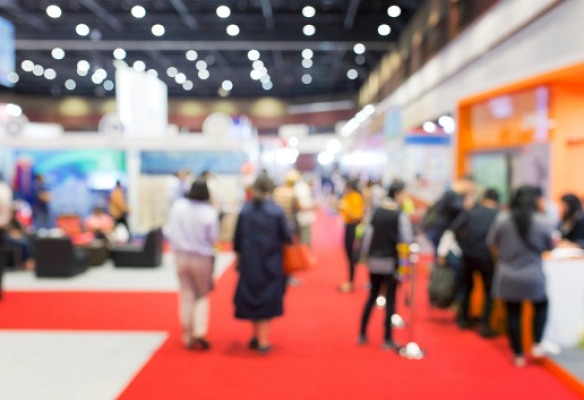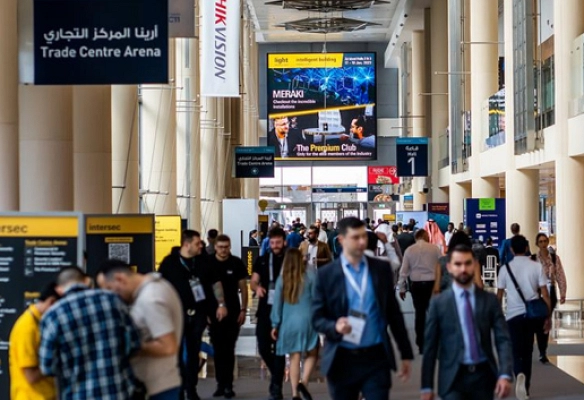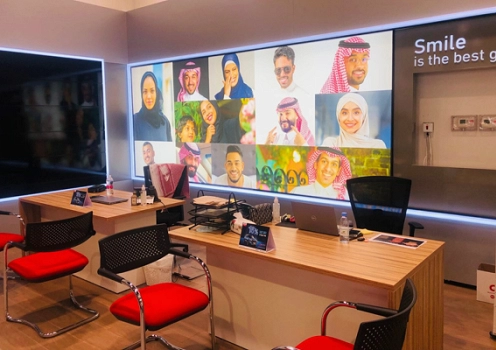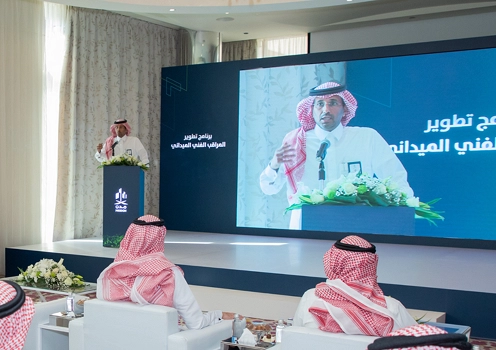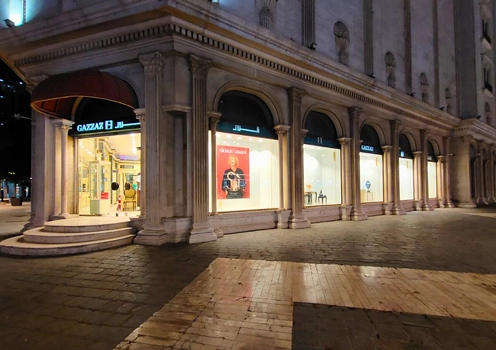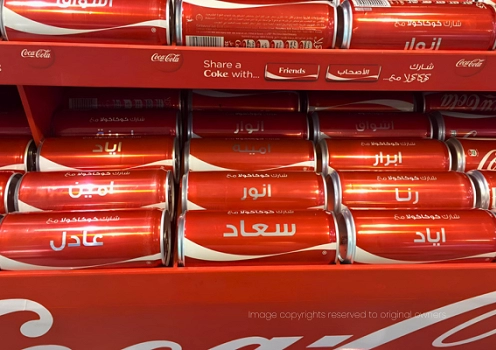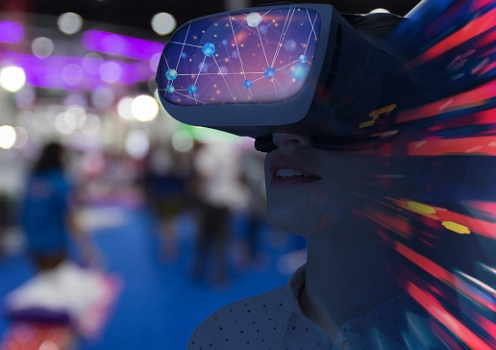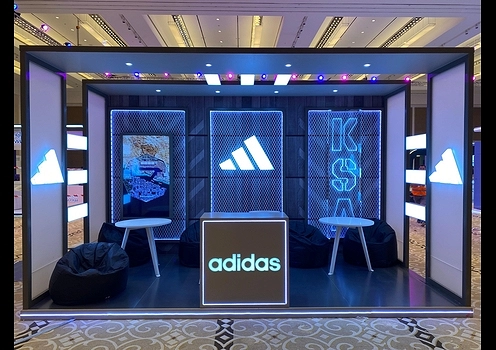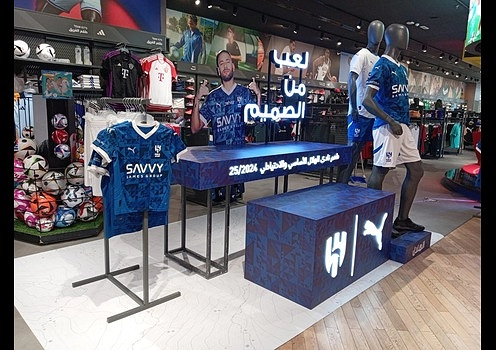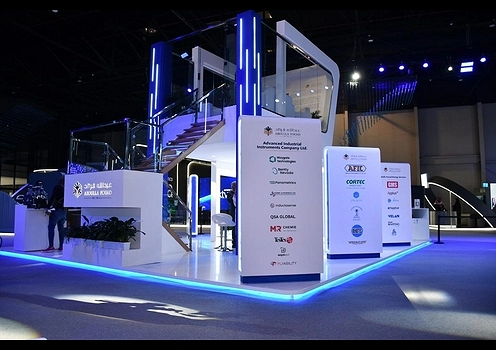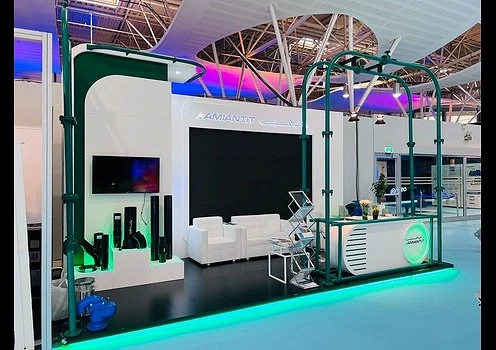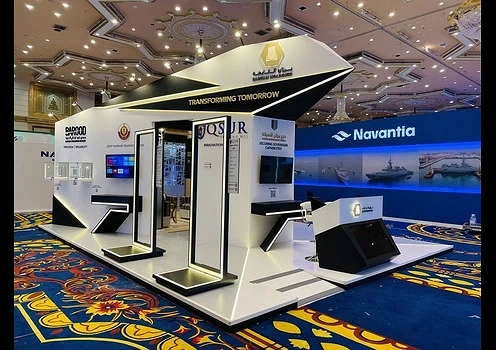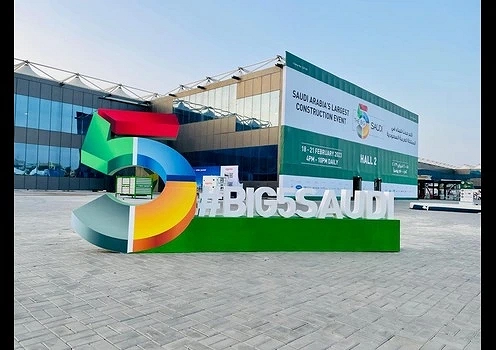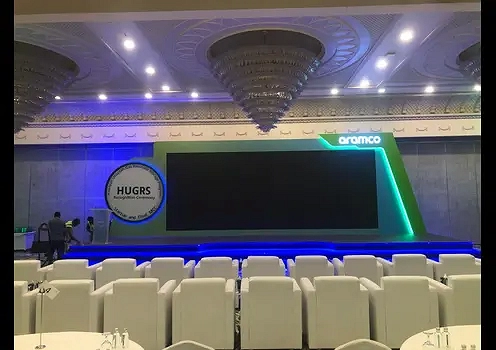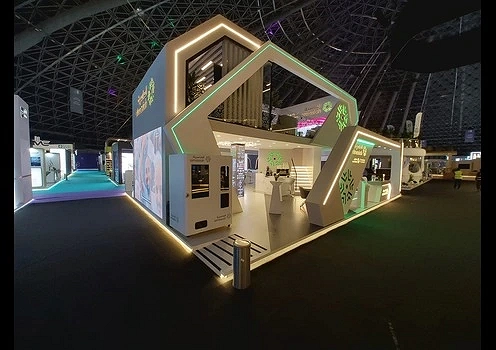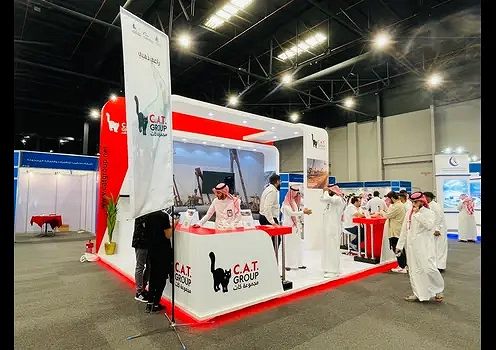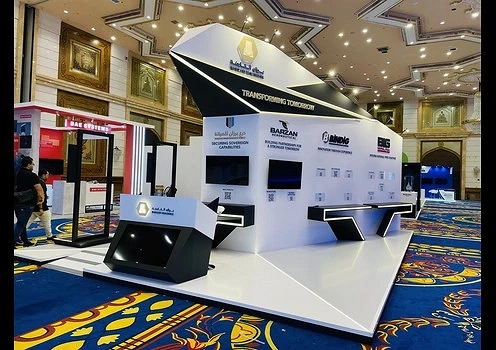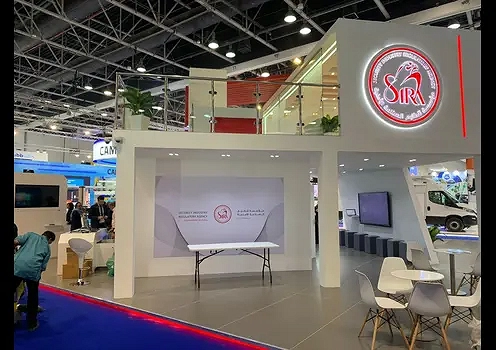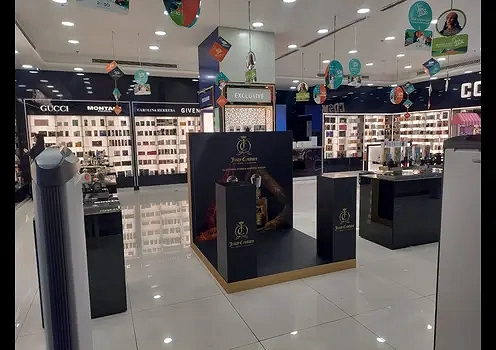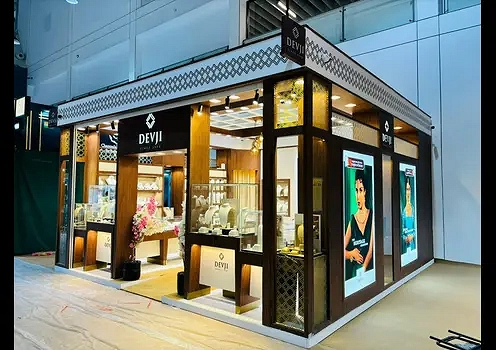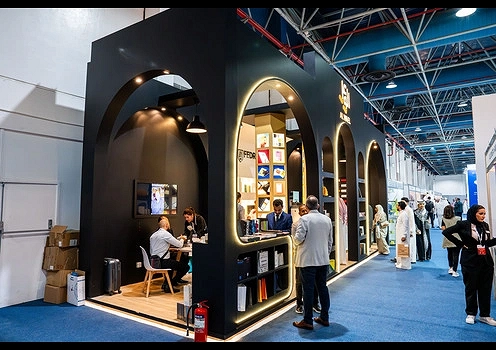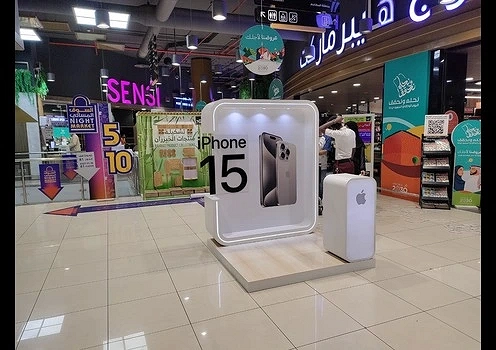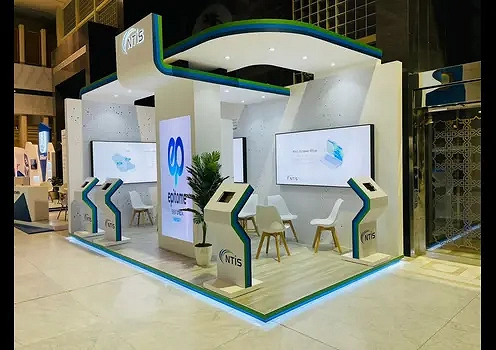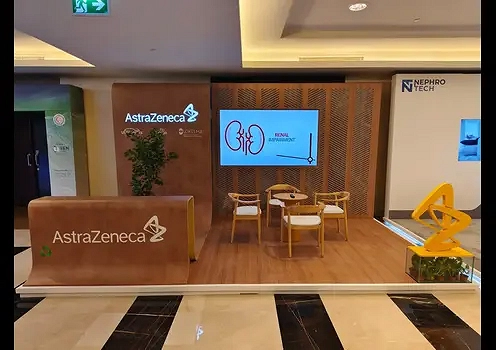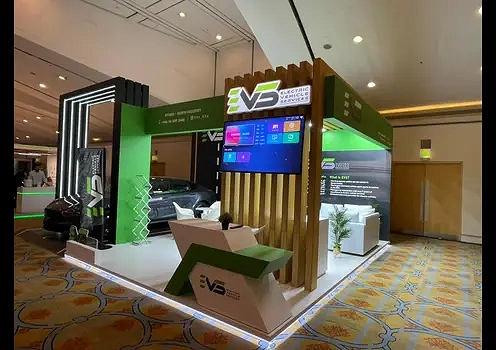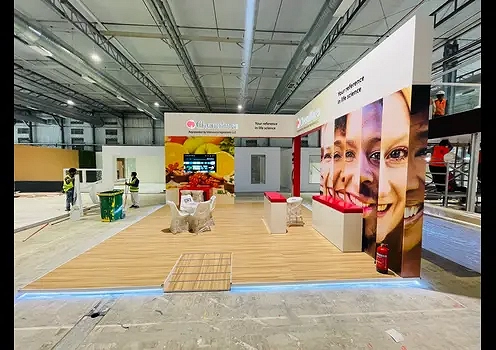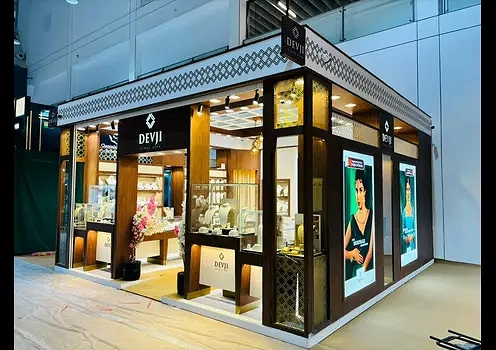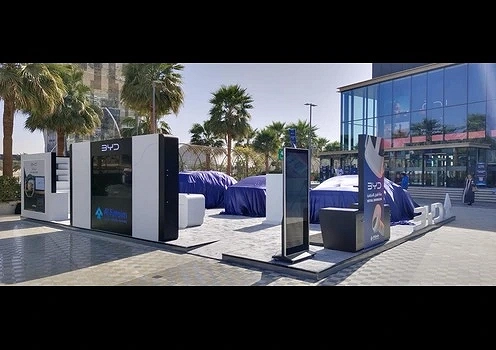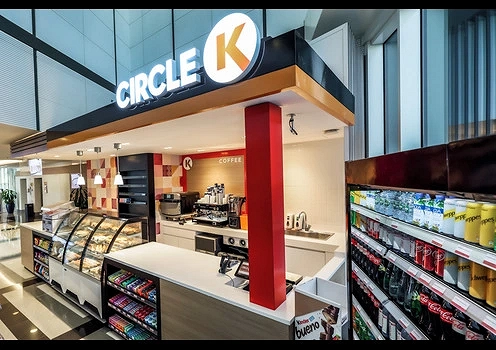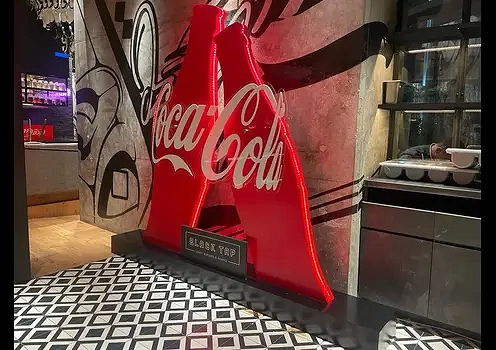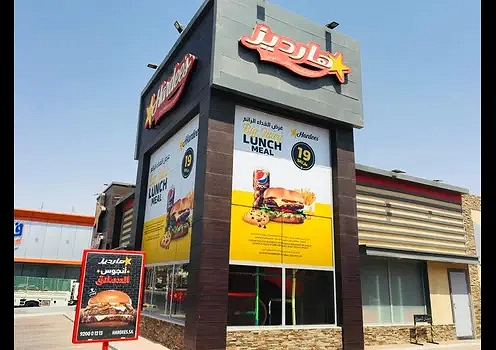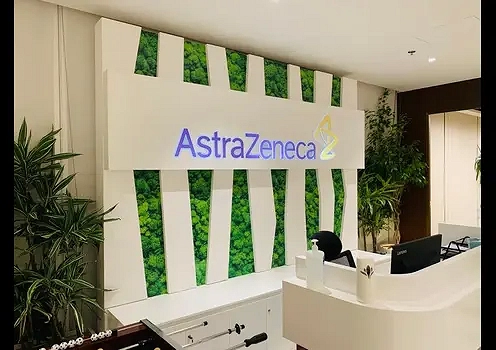We at TSS Advertising had been building booths for nearly 20 years, with numerous booths under our belt, ranging from simple stands all the way to stunning double-deckers, we learnt that a positive booth experience starts from the initial planning, and only through meticulous planning for every step along the way to the finished product can you achieve such positive experience.
You will find endless advice out there about how to make your booth POP and areas to focus attention to stand out from the competition, but in this article, we will instead discuss what TO LOOK OUT FOR to ensure a well-planned booth experience does not tumble because of unforeseen factors, these factors start from the initial client briefing and go up to the wrap up process:
1. Ignoring the client's brand soul in design:
Always talk to your client in detail before the beginning of a project, understand their objectives and the type of emotions they wish to convey to visitors, discuss colors, lines, foot paths, decor and more before you start. This can help your designer reach a good layout and deliver a visual marvel that your client will thank you for.
2. Excessive use of design elements:
If your booth is filled with tons of elements and graphics here and there, it will distort your message and detour attention from the crucial parts of your presentation. rather, you should go for a clean and simple looking design that emphasizes your key messages.
3. Thinking all ground is the same:
When designing your booth make sure that heavy elements like a podium, a generator, an industrial machinery or anything that holds significant weight, whether hanging or ground fixed, that it has the proper support for its weight, prolonged display times and or human factors will sometimes cause the surrounding area to give away if not properly addressed, and nothing will be more embarrassing than a sunken floor or a loud scene resulting from an imminent crash due to a design flaw.
4. Poor utilization of Space:
Maximizing the use of available space is essential. Avoid cramming too many items into a small area, that will make the booth feel congested and uninviting to the eye. What you should do instead is prioritize open spaces that enable easy movement and guest interaction. Consider the flow of foot traffic and make sure there is enough room for attendees to comfortably explore your booth.
5. Overlooking Lighting importance:
Lighting is a crucial and frequently underestimated element of booth design. Improper lighting can render even the most beautiful booth dull and unwelcoming. Use lighting purposefully to highlight key areas and products, you can experiment with various lighting options, like spotlights or LED strips, to elevate the booth's visual appeal.
6. Discarding the Importance of Branding your booth:
Your booth is meant to be a natural extension of your brand identity. Inconsistent or weak elements can lead to confusion among visitors about who you are and undermine your brand's credibility. Make sure that the company’s logo, colors are clearly displayed and aligned with your overall brand strategy. You ought to also have stands with small brochures that explain the company’s history, what goals you want to reach and how you plan on getting there whether they are paper printed or a digital file through QR codes.
7. Overlooking Logistical challenges:
Logistics can disrupt meticulously designed booths! Things you can do to prevent that, are ensuring all materials of choice, equipment, and products are accessible to you and will arrive on time in excellent condition. Also to help ace logistical challenges, try to connect with event organizers to grasp the setup and teardown timelines, as well as any ground rules/restrictions that could impact your operations.
8: The Wrong staff
As much as booth design and physical look is important, so is the crew that tends to the booth. Make sure you assign at least one member that is expert about the company and its products/services, preferably, a subject matter expert! Ensure your staff tending to the information desk are welcoming guests with a warm smile to let visitors know their walk-in is appreciated as well as encourage curious eyes to learn about your brand, even if they don’t contract on spot, you want them to have an established connection to your brand during the next exhibit.
9: Cleanliness, cleanliness and cleanliness:
Keeping a regular cleaning schedule is essential, most exhibition halls have an assigned cleaning crew and for a small fee, you can have them clean your floors, countertops and meeting rooms once every few hours. A hygienic environment is always more appealing to the eye, especially if your booth contains dark colors, like dark flooring or countertops, these can dust up very easily and require more frequent attention.
10: Consistency:
If your exhibition for example is set to run for 3 days, your booth should be as clean and as organized on day three as it was on day one, not all opportunities will come on your first day and keeping regular audits, consistent vibes and dedication will help you make the most out of your exhibiting experience.
In conclusion, your exhibiting experience is not only determined by what the company has to offer to visitors, but there are multiple areas that need to be checked off your list to ensure you professionally generate leads or raise awareness regarding your organization at the exhibit successfully. Your marketing team should be aware of these areas and have a fool-proof plan to execute the desired outcome.
Alternatively, most organizations will hire an external events/advertising agency to handle the entire process of design, building, operations and wrapping up, this way, said clients can focus only on their brand’s offering to visitors and making the most out of it while their advertising partner looks out for the visual, logistical and operational details.
To have TSS Advertising execute your booth during the next exhibition of interest, contact us through here www.tss-adv.com/contact and we will help you professionally execute your project from start to finish.


